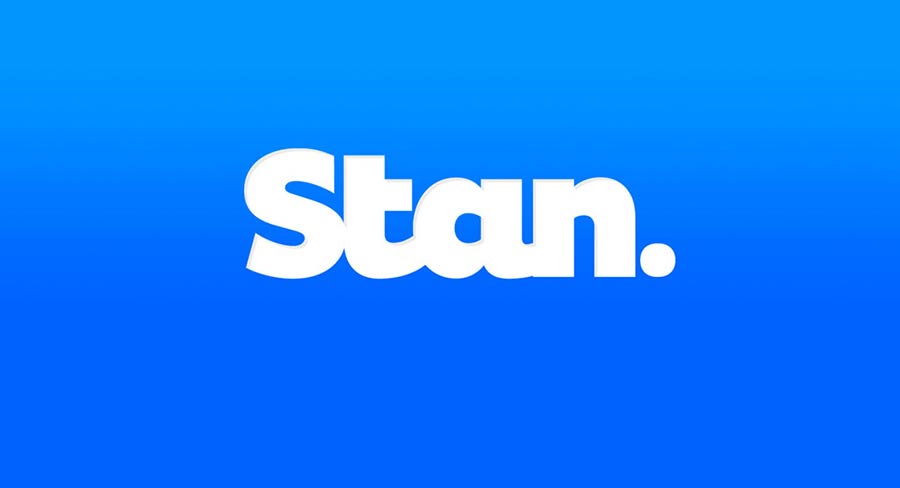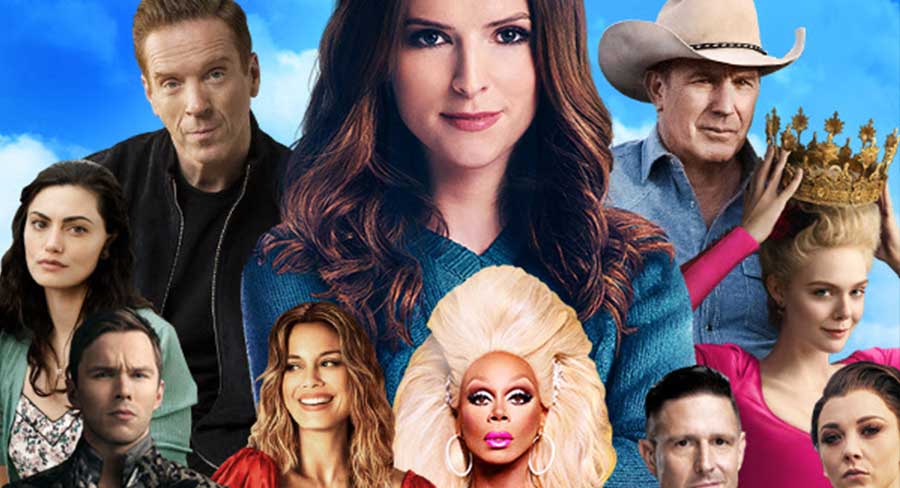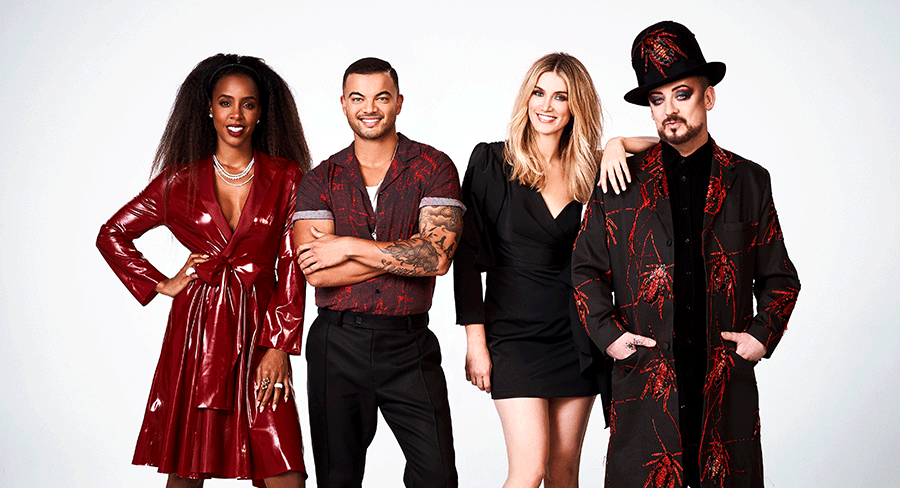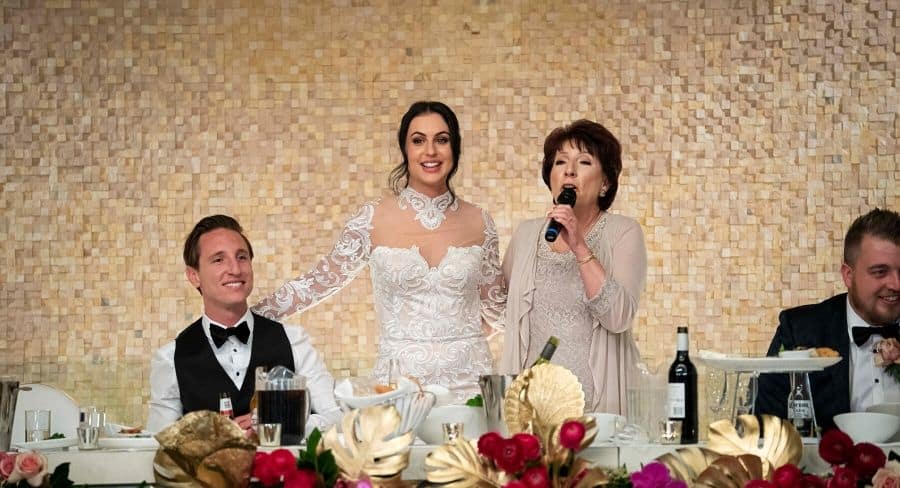By Trent Thomas and James Manning
• How Stan secured NBCU, plus plans for radio, publishing & 9Now
After Seven and James Warburton revealed the impact of Covid-19 on its business on Tuesday, it was the turn of Nine and Hugh Marks to open the financial year 2020 books yesterday.
Stan out of control – in a good way

Nine started this week with SVOD platform Stan revealing its content acquisition team had been working hard with news about an ambitious Stan Originals plan and then a major output deal secured with NBCU.
Stan had an impressive set of stats for the full year with revenue growth up 54% to $242m against costs of $211 leaving an impressive EBITDA of $31m.
Subscriber growth has ballooned to 2.2m, up something like 500,000 in the past six months. Marks was careful to tell the market not to be surprised if that growth rate slows a little.

This growth came during a time on intense SVOD competition, most recently with Foxtel’s Binge.
As to whether Stan had seen Binge on the radar, Marks told Mediaweek: “We have not noticed any impact from Binge on subscriber acquisition. Stan has continued to be reasonably consistent through their launch period.”
Marks said Stan will be looking at a possible price rise in the next year for its top tier, but noted: “The business is growing in revenue quite quickly so we want to ensure that we continue to provide a premium service to customers. We will continue to invest in content where it makes sense to drive subscriber growth. The business is in a good position with revenue growing much faster than costs.”
Part of the content in the Stan deal with NBCU comes from the US video platform Peacock which launched with AVOD and SVOD options. Stan successfully pitched it would be more profitable and less work for NBCU to have a broadcast partner for a market like Australia.
“At this point NBCU has decided not to launch Peacock here. I’ve been saying for a while that if you’re a content supplier into this market, your best and optimal use of that content is to sell it to a service like Stan.”
Show me the money – BVOD building

In terms of percentage gains, 9Now was another big mover in the group. Revenue is still small in the overall Nine portfolio, but it grew 32% YOY from $62m to $82m.
9Now is claiming a 50% share of commercial BVOD revenue over the full year, in contrast to Seven’s recent audience growth. Marks explained how that worked.
“9Now was dominated by Love Island in terms of total viewing, which we didn’t have this year. I acknowledge Seven is doing a bit better recently, which is great since it supports the market. But you will definitely see our numbers continuing to grow.”
Marks said Nine is able to “better monetise 9Now because it is able to achieve a higher price for inventory because we are able to sell a targeted proposition based on having a sign in which 7plus have been unable to do to this point. Those things all contribute to us getting a power ratio on our audience.”
Digital platforms will deliver dollars
Marks remains confident of a significant outcome from negotiations to be paid for the use of content by digital platforms. He said that is based on the support from the ACCC and informal discussions Nine has been having with the platforms.
“Monetisation is one issue, but another issue is that Google seem to me more interested in finding objections with things to do with disclosure of algorithm changes and sharing of data.
“We’re very focused on the commercialisation aspect of the code and I still feel positive that there will be a really good outcome for us sometime in this next six months.”
First ratings for new-look 2GB soon

Nine is continuing with an aggressive cost our program that will see in the range of $230m in reduced group costs across a five year period ending in 2024.
With regard to radio, Marks said: “A lot of the cost work in radio has been done.”
Ahead for the business are the first survey results for the three new breakfast shows at 3AW, 2GB and 4BC. “It will be interesting to watch out for two things. What happened to the size of the total audience and what is the shape of that audience. Have we been successful in building what might be a better demographic profile? It’s not a nervous wait, we are certain we will get there, maybe not today. Our programs are in very good shape generally and people are delivering to the brief. It is a business we anticipate returning to much greater profitability.”
Marks said there was a much bigger ad load in the breakfast shows which will help the bottom line.
Television: Farewell The Voice?

Marks used The Voice as an example of expensive TV programming yesterday. Does that mean it is under review? “Every program is under consideration in this environment.
“The Voice is three times the cost per hour of something like The Block and maybe double the cost of an hour of something like Married at First Sight.
“It’s a world at the moment where every efficiency gain is necessary to continue to drive profitability. These are just decisions that we’re going to have to continue to look at.”
Nine is confident that Covid-19 won’t stop Married at First Sight for 2021. “We have got a pretty good plan in place. It’s not due to start production until October. The casting process actually was a lot better by video than it was in person believe it or not. They have got a really good cast for next year. Plans are in place to film the show in a Covid-safe environment in places that we can.”
When asked if they would have to film in a bubble, Hugh replied: “A MAFS bubble, that is terrible to think about! There will be some extra costs in what we have to do, but they won’t be significant.”

There was no Travel Guides series this year with international travel off the agenda. “We still have a series of Travel Guides we have yet to screen,” said Marks.
“Hamish and Andy weren’t keen to do another international series of Perfect Holiday, those two boys are really interested in exploring new formats.”
“We can have a print model for quite some time”
A perennial question that Fairfax used to get and one that is now directed at Nine is about the future of print. But a look at the sector revenues answers the question with print ad and circulation revenue still outstripping digital, although the gap is closing. Print combined generated $249m versus $144m for digital with print costs no doubt higher than digital.
“There’s nothing on the agenda at the moment to change print. Digital subscriptions are continuing to come through, but we can have a print model for quite some time.”
Nine monitors its print audience and advertisers as to their love affair with print. How often do they ask them? Marks: “Constantly, constantly. Some people prefer print. I prefer print when I’ve got the time to do it because it’s a really good experience. A lot of that audience have the time to consume the print format and I think it has a strong future.”
